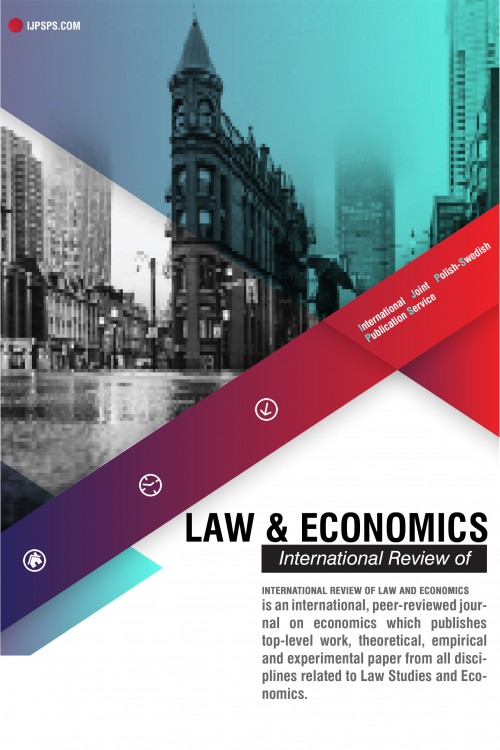
An Axiomatic Analysis of the Optimal Rate of Interest in the Bewley Models
Abstract
The main question of this study is that in an environment where we have only precautionary demand for money and assets, which rate of interest assures the existence and optimality of equilibrium? This economic environment has two essential properties: heterogeneous agents that face idiosyncratic risk, and incomplete markets without the possibility of complete insurance using lending for hedging these risks. In this environment, agents hold precautionary savings in the form of a single asset such as fiat currency, credit, and capital for self-insurance against idiosyncratic income fluctuations. Bewley models are formed in this environment. In this paper, by using the axiomatic method, we will prove that when agents have access to the two forms of assets for self-insurance, i.e. fiat currency and credit, the necessity of decreasing the interest rate (more than the time preference rate) for convergence of consumption and asset and the existence of monetary equilibrium is still true.